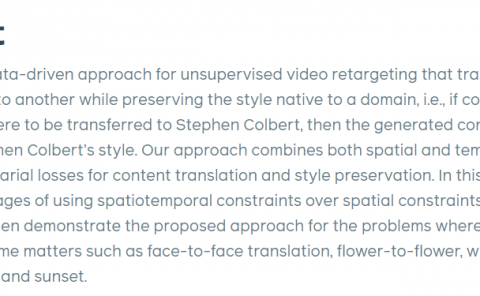RideVR: Reducing Sickness for In-Car Virtual Reality by Mixed-in Presentation of Motion Flow Information
PubDate:
Teams: Korea University
Writers: Hyung-Jun Cho; Gerard J. Kim

Abstract
Humans spend a significant portion of their daily life in cars. In this study, we investigate a method to reduce motion sickness and allow people to use virtual reality (VR) while riding in cars. As the sickness arises primarily from the sensory conflict between visual and actual (or vestibular) motions, the proposed approach attempts to resolve the mismatch by mixing in and visualizing the estimated information of the actual motion, which is sensed by the on-board diagnostics and inertial measurement unit modules attached to the vehicle. We conduct a pilot experiment to validate our approach by comparing the sickness levels before and after implementing the approach in three in-car VR usage conditions: (1) Default – using the VR content without modification; (2) transparent wall – using the VR content with its background scene changing depending on the car motion; (3) particle flow – mixing in the VR content with the estimated motion flow of the car visualized as moving particles. Our experimental results show that motion sickness is reduced significantly (but not eliminated to a negligible level) using our approach.


